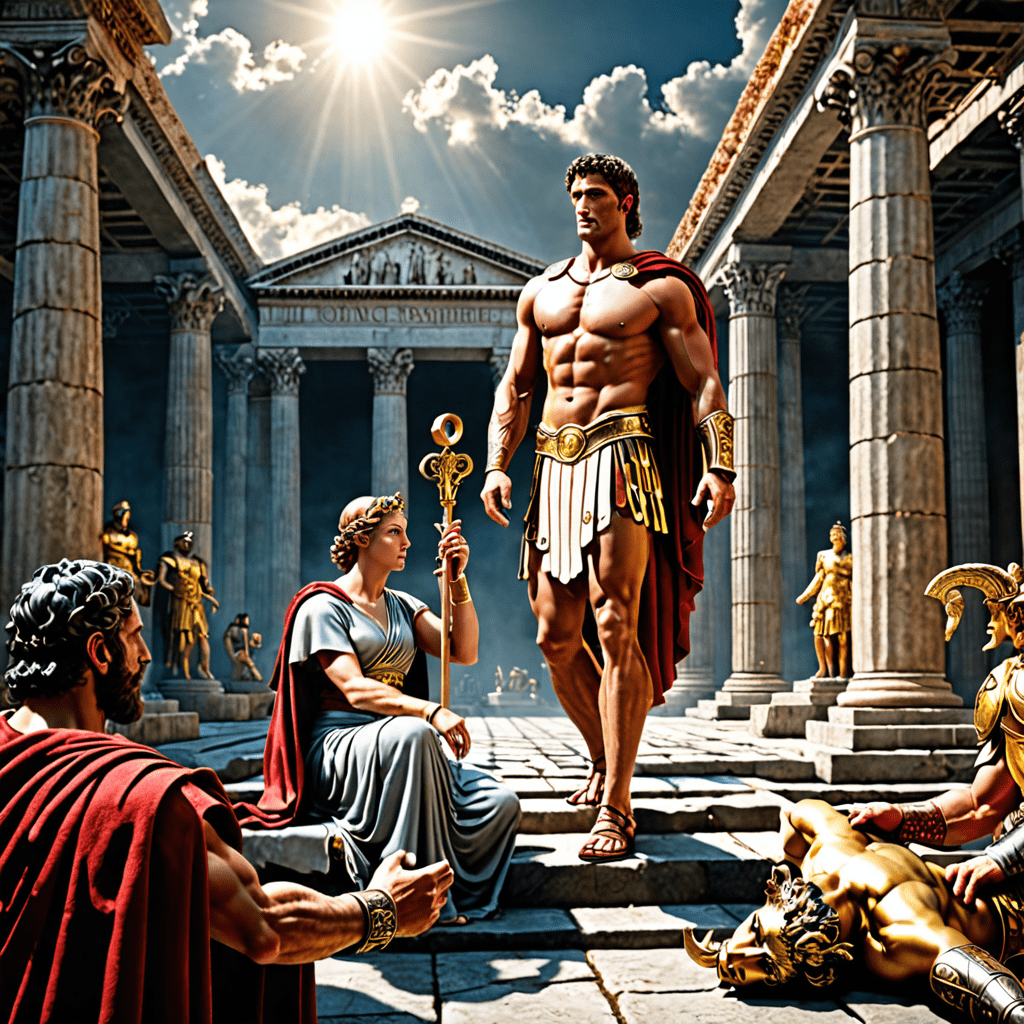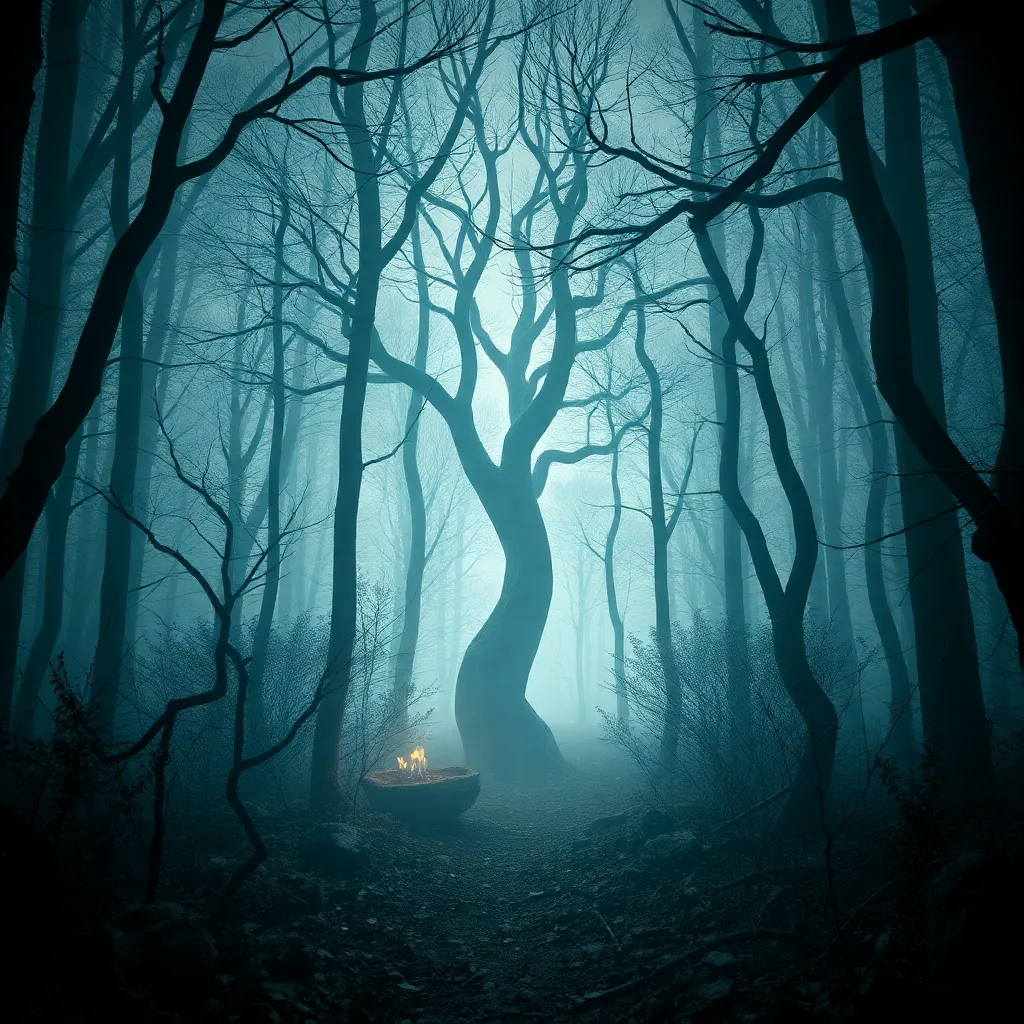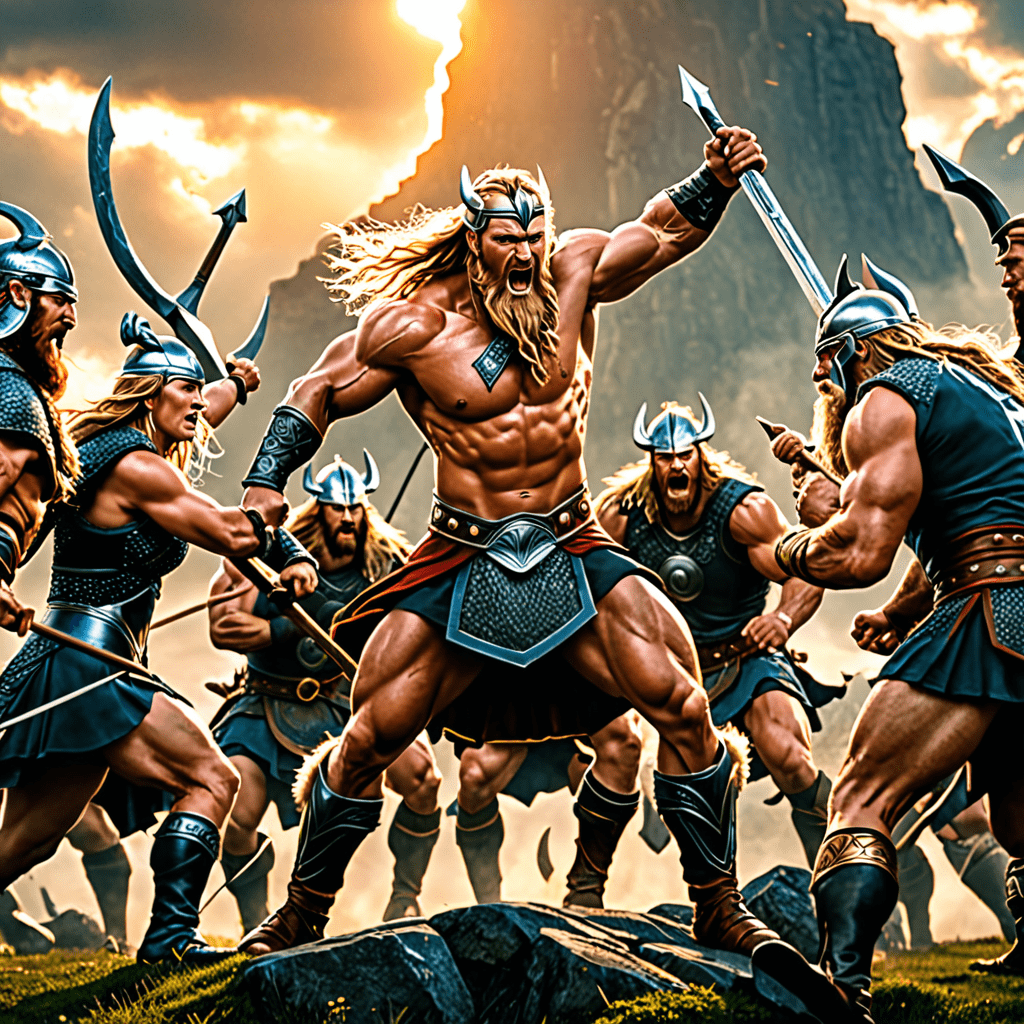The Underworld: A Mythical Exploration of Shadows and Light
I. Introduction to the Underworld
The concept of the Underworld is a profound and recurring theme across various mythologies. It serves as a domain of the dead, a place that embodies the complexities of life, death, and the journey of souls. In different cultures, the Underworld is portrayed in myriad ways, often reflecting the values and beliefs of the society that created it. Understanding the Underworld allows us to explore the duality of shadows and light, highlighting the tension between fear and hope, despair and redemption.
II. Historical Perspectives on the Underworld
Throughout human history, civilizations have sought to explain the afterlife and the fate of souls. The Underworld has played a crucial role in this exploration.
- Ancient Civilizations: In Mesopotamia, the Underworld was known as Kur, a dark and dreary place. The Egyptians believed in Duat, a realm where the dead would face judgment by Osiris. The Greeks envisioned Hades, a complex realm where souls experienced both punishment and reward.
- Evolution of Beliefs: As societies evolved, their views on the Underworld shifted. Initially viewed as a place of darkness and fear, it gradually took on more nuanced interpretations, emphasizing judgment and moral consequences.
- Comparative Analysis: While the Underworld serves a similar purpose across cultures, its characteristics vary widely. For instance, the Greek focus on the afterlife contrasts with the Egyptian emphasis on resurrection.
III. The Underworld in Greek Mythology
In Greek mythology, the Underworld is predominantly associated with Hades, the god who rules over the realm of the dead. This domain is not merely a place of gloom; it is filled with rich narratives and significant figures.
- Hades: Hades is both the name of the god and the realm itself, characterized by various regions, including Elysium, where the virtuous reside, and Tartarus, a place of punishment.
- Key Figures:
- Persephone: The queen of the Underworld, who embodies the cycle of life and death.
- Charon: The ferryman who transports souls across the river Styx, ensuring that they reach their final resting place.
- Cerberus: The three-headed dog that guards the gates of Hades, preventing the dead from escaping.
- The Journey of Souls: Myths such as the descent of Orpheus illustrate the journey through the Underworld, highlighting themes of love, loss, and the struggle against fate.
IV. The Underworld in Norse Mythology
Norse mythology presents a distinct perspective on the Underworld, primarily embodied in the figure of Hel, the goddess ruling over a realm of the same name.
- Hel: Hel’s domain is often depicted as a cold and desolate place, contrasting with the valorous realms of Valhalla and Folkvangr.
- Valhalla and Folkvangr: These are realms reserved for warriors who died honorably in battle, showcasing a belief in honor and glory in death.
- Themes of Honor and Rebirth: Norse beliefs emphasize the importance of a noble death and the potential for rebirth through the cycles of life and death.
V. The Underworld in Eastern Mythologies
Eastern mythologies also provide rich narratives regarding the Underworld, each emphasizing different aspects of the afterlife.
- Yomi in Shinto: Yomi is the Japanese afterlife realm, where purification and the journey of the soul are central themes.
- The Chinese Underworld: Known as Diyu, it consists of various realms where souls are judged and punished based on their earthly deeds.
- Hindu Perspectives: In Hinduism, Naraka represents a temporary place of punishment, reflecting the cycle of samsara, or rebirth, reinforcing the idea of karma.
VI. Symbolism of Shadows in Underworld Narratives
Shadows play a significant role in the narratives surrounding the Underworld, often symbolizing the unknown and the fears associated with death.
- Fear and the Unknown: Shadows are often associated with the fear of death and the mysteries that lie beyond mortal life.
- Psychological Interpretation: Shadows can represent the darker aspects of the human psyche, embodying repressed fears and emotions.
- Duality in Myth: Shadows serve as a necessary counterpart to light, emphasizing the balance between despair and hope.
VII. The Role of Light in Underworld Myths
While shadows represent fear, light symbolizes hope, guidance, and the potential for redemption.
- Symbol of Hope: Light is often portrayed as a guiding force, leading souls out of darkness.
- Myths of Resurrection: Many cultures have myths that depict the return to light, symbolizing rebirth and renewal.
- Cultural Rituals: Various cultures have rituals involving light, such as lighting candles for the deceased, symbolizing the hope for their journey in the afterlife.
VIII. Modern Interpretations and Representations
In contemporary times, the themes of the Underworld continue to resonate in literature and popular culture.
- Literature: Works such as Dante’s “Divine Comedy” explore the Underworld’s complexities, while modern films often depict it as a metaphor for personal struggles.
- Artistic Depictions: Artists have long been inspired by the Underworld, creating visual representations that capture its essence.
- Social Relevance: Themes of life, death, and the afterlife remain pertinent in discussions about mortality and the human experience.
IX. Philosophical and Psychological Implications
The Underworld serves as a metaphor for the human psyche, exploring deep philosophical questions about existence and mortality.
- Metaphor for the Psyche: The Underworld can represent the subconscious mind, where fears, desires, and unresolved conflicts reside.
- Themes of Mortality: The exploration of the Underworld raises existential questions about life, death, and what lies beyond.
- Struggle for Understanding: Engaging with these themes allows individuals to confront their own fears and beliefs about mortality.



